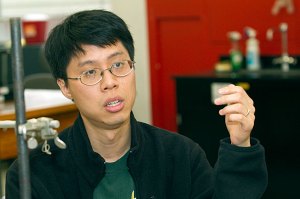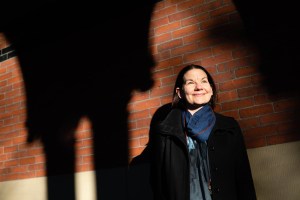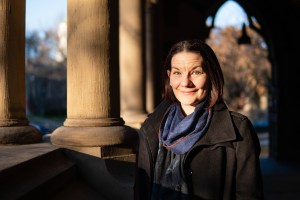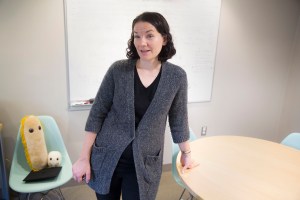Tag: Chemistry and Chemical Biology
-
Health
New approach to slowing aggressive leukemia
Compounds that degrade proteins and block cell growth developed by Harvard researchers hold promise as a treatment for more types of cancer.
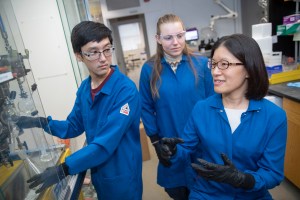
-
Science & Tech
Fresh insights into inflammation, aging brains
Harvard scientists’ research on mice suggests chain reaction may be involved in the brain’s aging process.
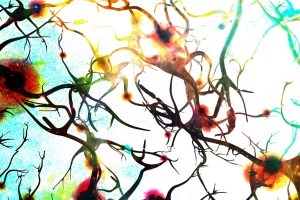
-
Science & Tech
Dissecting the ‘undruggable’
Researchers at Harvard have designed new, highly selective tools that can add or remove sugars from a protein with no off-target effects, to examine exactly what the sugars are doing and engineer them into new treatments for “undruggable” proteins.
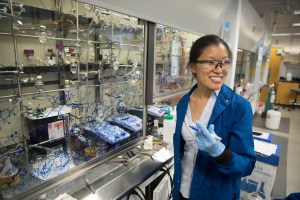
-
Science & Tech
A ‘miracle poison’ for novel therapeutics
Researchers prove they can engineer proteins to find new targets with high selectivity, a critical advance toward potential new treatments to help neuroregeneration, cytokine storm.
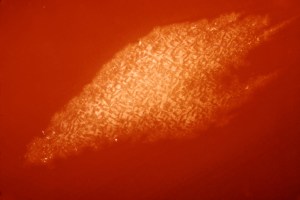
-
Science & Tech
Innovative tool offers hope for children with rapid-aging disease
Several hundred children worldwide live with progeria, a deadly premature aging disease.
-
Campus & Community
Creating community in the virtual classroom
As students prepare for an academic year that will be entirely virtual, many Harvard faculty members have redesigned their courses.
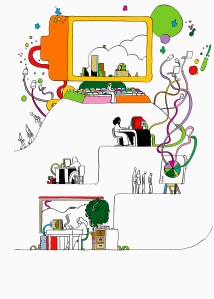
-
Science & Tech
A promise to a friend
Wei Hsi “Ariel” Yeh dedicated her research in chemistry to solving some of the vast genetic mysteries behind hearing loss.

-
Science & Tech
The ‘right’ diet
Professor Emily Balskus and her team have identified an entirely new class of enzymes that degrade chemicals essential for neurological health, but also help digest foods like nuts, berries, and tea, releasing nutrients that may impact human health.
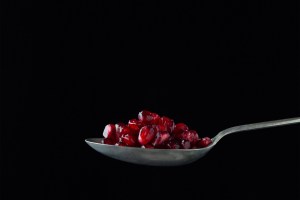
-
Science & Tech
A crisper CRISPR
Fewer off-target edits and greater targeting scope bring gene editing technology closer to treating human diseases.
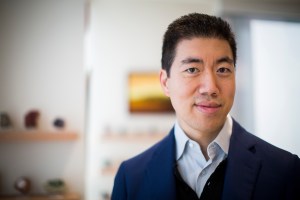
-
Science & Tech
Getting the brain’s attention
New technology helps dissect how the brain ignores or acts on information
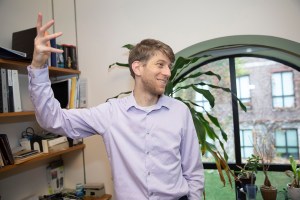
-
Science & Tech
Life’s Frankenstein monster beginnings
The evolution of the first building blocks on Earth may have been messier than previously thought, likening it to the mishmash creation of Frankenstein’s monster.

-
Health
Gut microbes eat our medication
Study published in Science shows that gut microbes can chew up medications, with serious side effects.
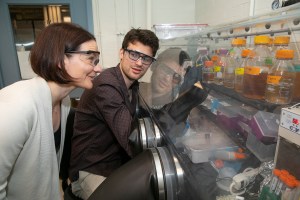
-
Science & Tech
Learning why cancer drugs work (or don’t)
Assistant Professor Brian Liau of the Chemistry and Chemical Biology Department has answered the question of why some new drugs for acute myeloid leukemia don’t work by combining CRISPR gene editing with small-molecule inhibitor treatments in a technique he calls CRISPR-suppressor scanning.
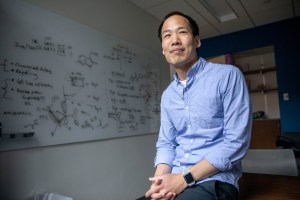
-
Science & Tech
Life, with another ingredient
In a paper published in PNAS, Jack W. Szostak, professor of chemistry and chemical biology at Harvard, along with graduate student Seohyun (Chris) Kim, suggest that RNA could have started with a different set of nucleotide bases. In place of guanine, RNA could have relied on a surrogate, inosine.
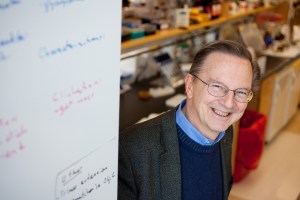
-
Health
Toward genetic editing
Led by David Liu, professor of chemistry and chemical biology, a team of Harvard researchers developed a system that uses commercially available molecules called cationic lipids to deliver genome-editing proteins into cells.
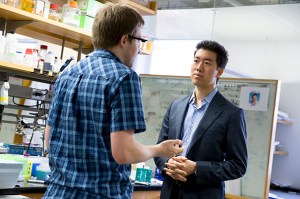
-
Health
Viewing how neurons work
A new technique for observing neural activity will allow scientists to stimulate neurons and observe their firing pattern in real time. Tracing those neural pathways can help researchers answer questions about how neural signals propagate, and could one day allow doctors to design individualized treatments for a host of disorders.
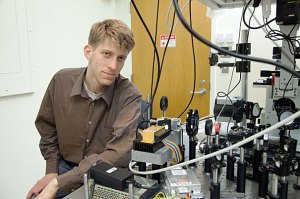
-
Health
Lasering in on tumors
In the battle against brain cancer, doctors now have a new weapon: an imaging technology that will make brain surgery dramatically more accurate by allowing surgeons to distinguish between brain tissue and tumors, and at a microscopic level.
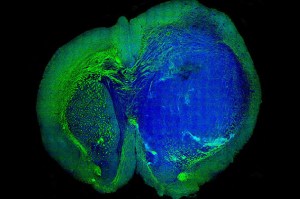
-
Science & Tech
New coating creates ‘superglass’
A new transparent, bioinspired coating makes ordinary glass tough, self-cleaning, and incredibly slippery. It could be used to create durable, scratch-resistant lenses for eyeglasses, self-cleaning windows, improved solar panels, and new medical diagnostic devices.
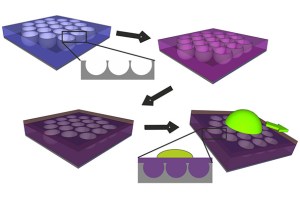
-
Science & Tech
Map to renewable energy?
Researchers hoping to make the next breakthrough in renewable energy now have plenty of new avenues to explore — Harvard researchers this week released a database of more than 2 million molecules that might be useful in the construction of organic solar cells for the production of renewable energy.

-
Campus & Community
New investigators named
Adam Cohen, professor of chemistry and chemical biology and of physics, and Hopi Hoekstra, professor of organismic and evolutionary biology and molecular and cellular biology, are among the 27 scientists nationwide to be appointed as investigators by the Howard Hughes Medical Institute.
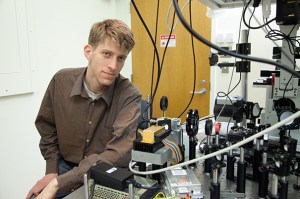
-
Health
One cell is all you need
Scientists at Harvard have pioneered a breakthrough technique that can reproduce an individual’s entire genome from a single cell. The development could revolutionize everything from cancer treatment, by allowing doctors to obtain a genetic fingerprint of a person’s cancer early in treatment, to prenatal testing.

-
Campus & Community
HHMI taps Erin O’Shea
Erin K. O’Shea, the director of the FAS Center for Systems Biology, has accepted the position of vice president and chief scientific officer of the Howard Hughes Medical Institute. She will also maintain her lab and involvement at Harvard.
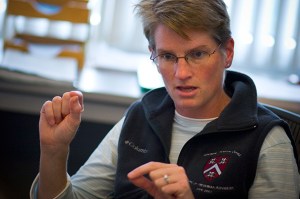
-
Campus & Community
Where sand and sun meet science
The annual Rhino Cup volleyball league stokes the competitive fires of Harvard’s biological community, drawing researchers out of the lab and onto the sandy volleyball court in the courtyard of the Biological Laboratories.

-
Campus & Community
Clean energy pioneer brings lab to Harvard
Daniel G. Nocera, a chemist whose work is focused on developing inexpensive new energy sources, has been appointed the Patterson Rockwood Professor of Energy in Harvard’s Department of Chemistry and Chemical Biology, Michael D. Smith, dean of the Faculty of Arts and Sciences, announced March 8.
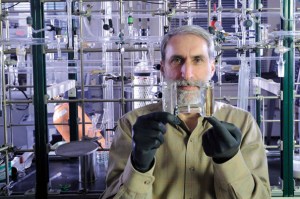
-
Science & Tech
Imaging instruction
Harvard researchers have developed a “primer” to identify some of the most useful probes for super-resolution imaging. As described recently on Nature Methods’ website, the work also identified the key characteristics that are important for imaging, giving researchers a framework for evaluating other probes, or even designing custom-made molecules to use in imaging.
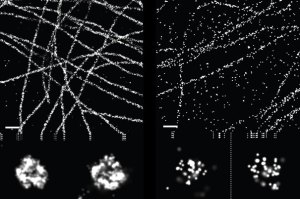
-
Science & Tech
Tracing biological pathways
A new chemical process developed by a team of Harvard researchers may increase the utility of positron emission tomography (PET) in creating real-time 3-D images of chemical processes occurring inside the human body.
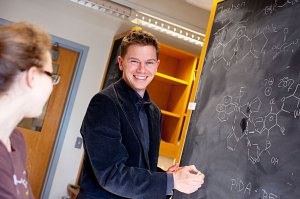
-
Campus & Community
For $1,000, who won on ‘Jeopardy!’?
Sure, Harvard undergraduates have the opportunity to learn from leaders in their fields, including Nobel laureates, global leaders, and world-class scholars, who all teach in the University’s classrooms. Thanks to Joon Pahk, a preceptor in physics, students can add a new academic feat to that list: seven-time “Jeopardy” champion.
